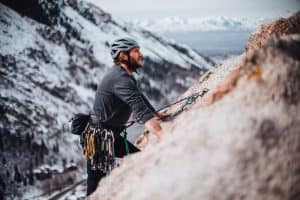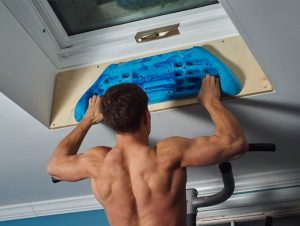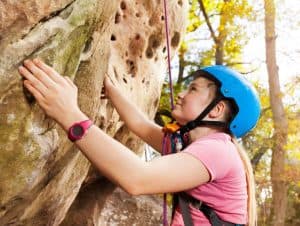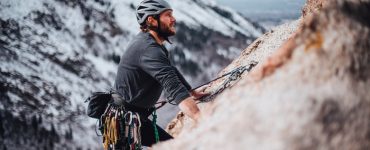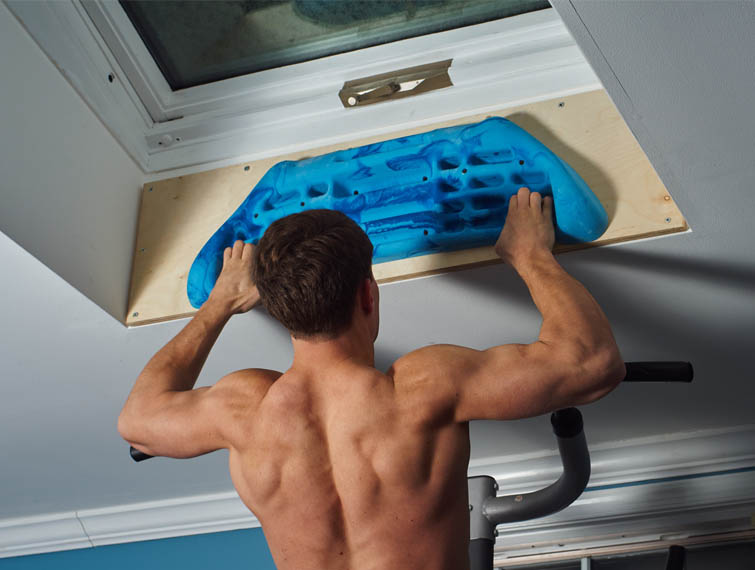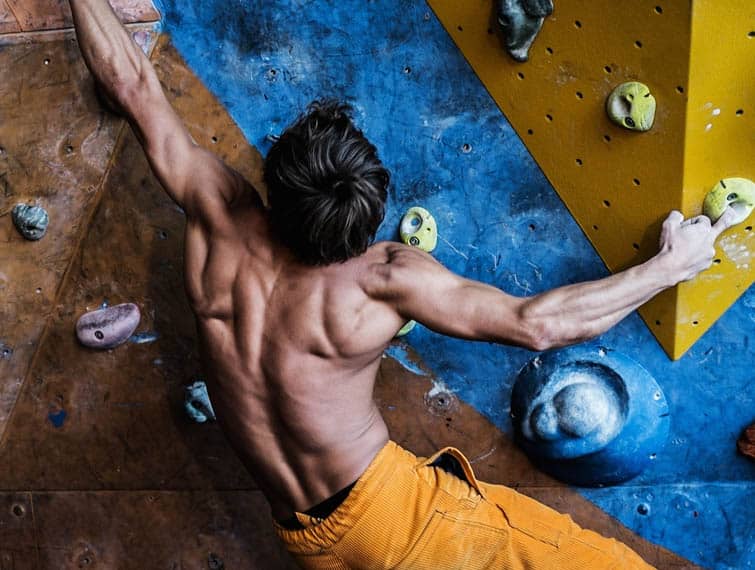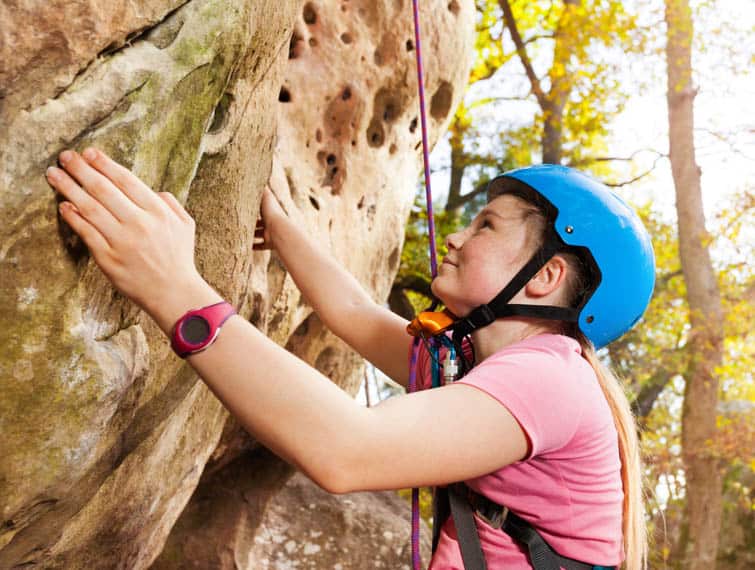Rock climbing indoors doesn’t require you to pack a lot of sport climbing gear. You can even opt to rent the shoes and harness you’d use in the climb. It is entirely different when you are climbing outdoors. You have to prepare a rock climbing gear checklist suited for the route you’d be taking. The gear is essential in this sport because the things included in the list will make the climb safer and more comfortable.
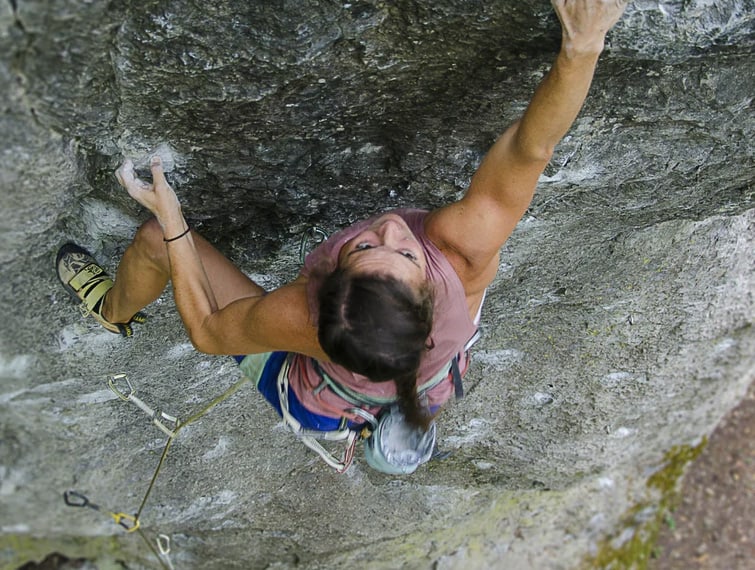
Here are the essential climbing gear devices you need to have in climbing outdoors:
Shoes

It is recommended for beginners to choose climbing shoes that will give your feet comfort and make it easier for you to move. As you become more adept in the sport, you have to upgrade to higher performing footwear suited for your climbing interests and goals. The old advice about getting footwear two sizes smaller than your street shoe no longer applies today. Climbing shoes are now made to fit precisely to your actual size, unlike before, when they tend to stretch a lot. It is best to get the kind of shoes suited for your climbing style and the one fitted to your actual foot size.
Climbing rope

The rope gives you protection in case you fall. There are two main components in this essential rock climbing gear – sheath and core. The sheath makes the rope easier to hold, and it gives protection to the core. The core is where the strength of the rope comes from.
Climbing ropes come in two categories – static and dynamic. The first one is used in rappelling, hauling gear up a wall, or in an anchoring system. Static ropes cannot be used in belaying another climber. On the other hand, dynamic ropes are elastic and made to grip the climber’s energy in case of a fall.
Fun Outdoor Quiz
There are single ropes, which are the most commonly packed in a sport climbing rack. They can be used as individual strands. The ropes used in rock climbing come in different diameters and lengths. If you want to include the kind of rope in your checklist that can serve many purposes, get a single rope with a diameter of 9.5mm to 10.2 mm and length of 60 meters.
Harness
This essential gear connects the rope to the climber. They are composed of leg loops, reinforced waist belt, and padding. You can get the type with features that suit your climbing style. When you are a beginner, try to find something comfortable. You can add a harness with more features to your gear checklist as you get better with the sport.
Carabiners

Carabiners are connectors, composed of loops made of metal with spring-loaded gates. You can get them in locking and non-locking types. The locking type of carabiners is used when making important connections. It guards the gate against automatically opening while in use. The locking mechanisms can be secured by magnets, automatic twist lock, or screw gates. This can be used when the climber is being attached to the rope’s middle part, or when the rope runs through an anchor.
When connections are not that critical, you can opt to use the non-locking type. It includes connecting your rope to something that serves as protection. You can get carabiners with various locking mechanisms, and different shapes and sizes.
Belay device

This gear is a mechanical friction tool mainly used to control the rope during the belaying process. It is important because it prevents the rope from moving further when the climber falls. They can also be used to control the descent on a rope when a climber is lowered or when rappelling.
Quick-draws

You need them to connect the rope to a protection tool or piece as you climb. Two pieces of non-locking carabiners are connected for a quick-draw through a short piece of webbing. They are typically used in sports climbing. For climbing a multi-pitch environment and in trad climbing, it is better to use alpine draws.
Helmet
Chalk powder
It is typically stored in a chalked bag connected to your harness. You will apply the powder to your hands to absorb sweat or moisture so that you will have a better grip.
Protection
They are devices often referred to as pro by experienced climbers. They provide you with temporary anchor points in the route as you ascend. Active protection includes cam, or a spring-loaded camming tool. It transforms a pull into pressure against the rock, making it tighter. Passive protection devices include a nut that serves as a choke when pulled.
Belay gloves

This is essential when rappelling. This is also used by belayers to prevent their hands from getting rope burn.
To Buy Gear Checklist
Here’s a quick list that you can check when planning to buy what you need to bring on your next climb:
Gear
- Shoes
- Helmet
- Harness
- Webbing
- Quick-draw
- Regular and locking biners
- Slings
- Pro-cleaning tool
- Tri-cams
- Cams
- Nuts
- Chalk and chalk bag
- Belay device
- Rope
- Rope bag
- Crash pad
- Accessory cord
Clothing
- Bandana
- Hat
- Rain or wind jacket
- Soft/fleece shell
- Belay gloves
- Rain or wind pants
- Shoes
Other Essentials
- Sunglasses
- Headlamp
- Compass or GPS
- Knife
- Map or guide book
- Trip plan
- Lighter or matches
- Lip balm and sunblock
- First aid kit
- Water bottles
- Food
- Repair kit
After completing your gear checklist and when you are ready to climb outdoors, make sure that you tell a friend or a loved one about your trip plan. This way, they will have an idea when you will be back and check on you if you haven’t come back on the expected date. It is best to be prepared for anything when engaging in outdoor activities.


